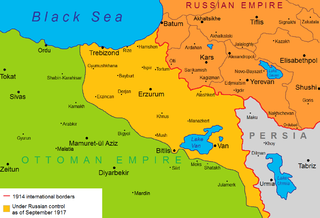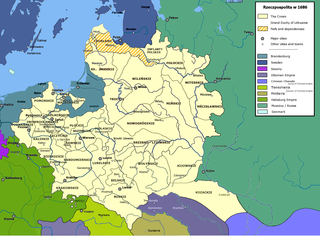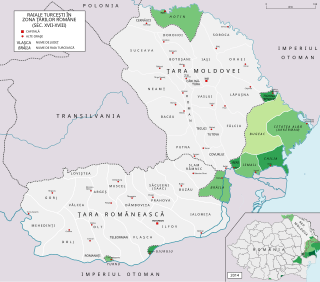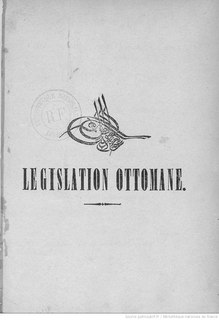 W
WThe administrative divisions of the Ottoman Empire were administrative divisions of the state organisation of the Ottoman Empire. Outside this system were various types of vassal and tributary states.
 W
WThe Ottoman Empire had a number of tributary and vassal states throughout its history. Its tributary states would regularly send tribute to the Ottoman Empire, which was understood by both states as also being a token of submission. In exchange for certain privileges, its vassal states were obligated to render support to the Ottoman Empire when called upon to do so. Some of its vassal states were also tributary states. These client states, many of which could be described by modern terms such as satellite states or puppet states, were usually on the periphery of the Ottoman Empire under suzerainty of the Porte, over which direct control was not established, for various reasons.
 W
WEyalets, also known as beylerbeyliks or pashaliks, were a primary administrative division of the Ottoman Empire.
 W
WIn the Ottoman Empire, a mutasarrıf was an administrative authority of any of certain sanjaks, who were appointed directly by the Sultan.
 W
WThe occupation of Western Armenia by the Russian Empire during World War I began in 1915 formally ended by the Treaty of Brest-Litovsk. It was sometimes referred to as the Republic of Van by Armenians. Aram Manukian of Armenian Revolutionary Federation was the de facto head until July 1915. It was briefly referred to as "Free Vaspurakan". After a setback beginning in August 1915, it was re-established in June 1916. The region was allocated to Russia by the Allies in April 1916 under the Sazonov–Paléologue Agreement.
 W
WOttoman Ukraine, Khan Ukraine, Hanshchyna is an historical term for right-bank Ukraine also known after its Turkic name Yedisan. The first mentioned records are traced to 1737 when the Russian secret agent Lupul was urging to attack the Ottoman Ukraine.
 W
WThe history of Palestine is the study of the past in the region of Palestine, defined as the territory between the Mediterranean Sea and the Jordan River. Strategically situated between Europe, Asia, and Africa, and the birthplace of Judaism and Christianity, Palestine has a tumultuous history as a crossroads for religion, culture, commerce, and politics. Palestine has been controlled by several independent kingdoms and great powers, including Ancient Egypt, Persia, Alexander the Great and his successors, the Roman Empire, several Muslim dynasties, and the Crusaders. In modern times, the area was ruled by the Ottoman Empire, then the United Kingdom and since 1948 it has been divided into Israel, the West Bank and the Gaza Strip. Other terms for approximately the same geographic area include Canaan, the Land of Israel, and the Holy Land.
 W
WRaya or Raia is a term used in Romanian historiography to refer to former territories of the mediaeval principalities of Wallachia and Moldavia held under the direct administration of the Ottoman Empire, as opposed to the principalities, which kept their internal autonomy under Ottoman suzerainty. The term originated from rayah, a generic name for the non-Muslim subjects of the Ottoman Empire. Though mainly populated by Christian populations, a raya was ruled according to Ottoman law.
 W
WRumelia, etymologically "Land of the Romans", was the name of a historical region in Southeastern Europe that was administered by the Ottoman Empire, corresponding to the Balkans. In its wider sense, it was used to refer to all Ottoman possessions and vassals that would later be geopolitically classified as "the Balkans".
 W
WA vilayet was a first-order administrative division, or province of the later Ottoman Empire, introduced with the promulgation of the Vilayet Law of 21 January 1867. The reform was part of the ongoing administrative reforms that were being enacted throughout the empire, and enshrined in the Imperial Edict of 1856. The reform was at first implemented experimentally in the Danube Vilayet, specially formed in 1864 and headed by the leading reformist Midhat Pasha. The reform was gradually implemented, and not until 1884 was it applied to the entirety of the Empire's provinces.
 W
WYedisan was a conditional name for Özi [Pașa] Sancağı of Silistra Eyalet, a territory today of the Southern Ukraine between Dniester and Southern Bug (Boh), that was placed by Ottomans under control of Nogai Horde in the 17th and 18th centuries and was named after one of Nogai Hordes as Jedisan. In the Russian Empire it was referred to as Ochakov Oblast, while the Ottoman Turks called it simply Özü after the city of Ochakiv which served as its administrative center. Among other names, there was Western Nogai.